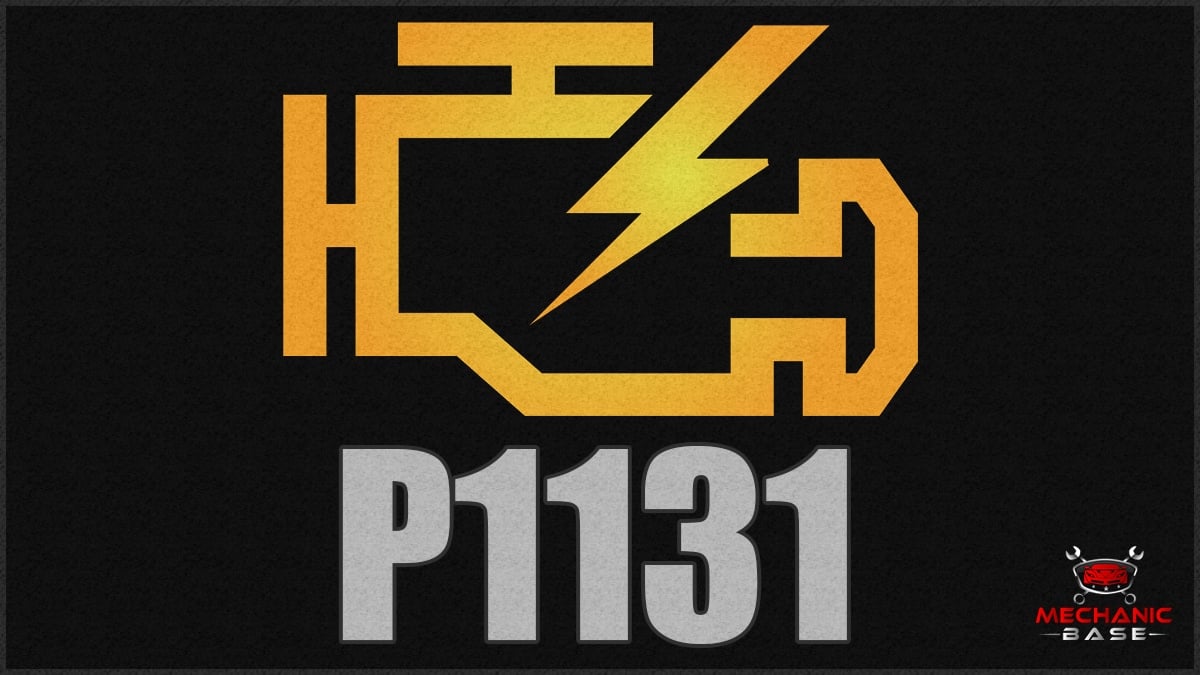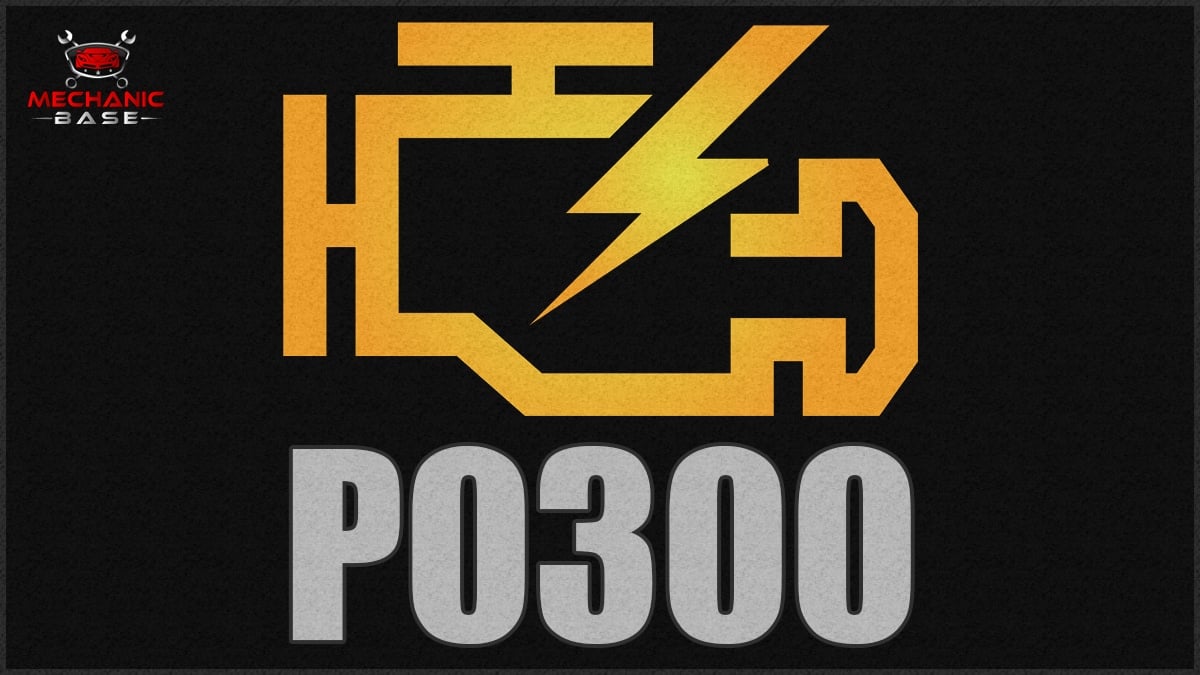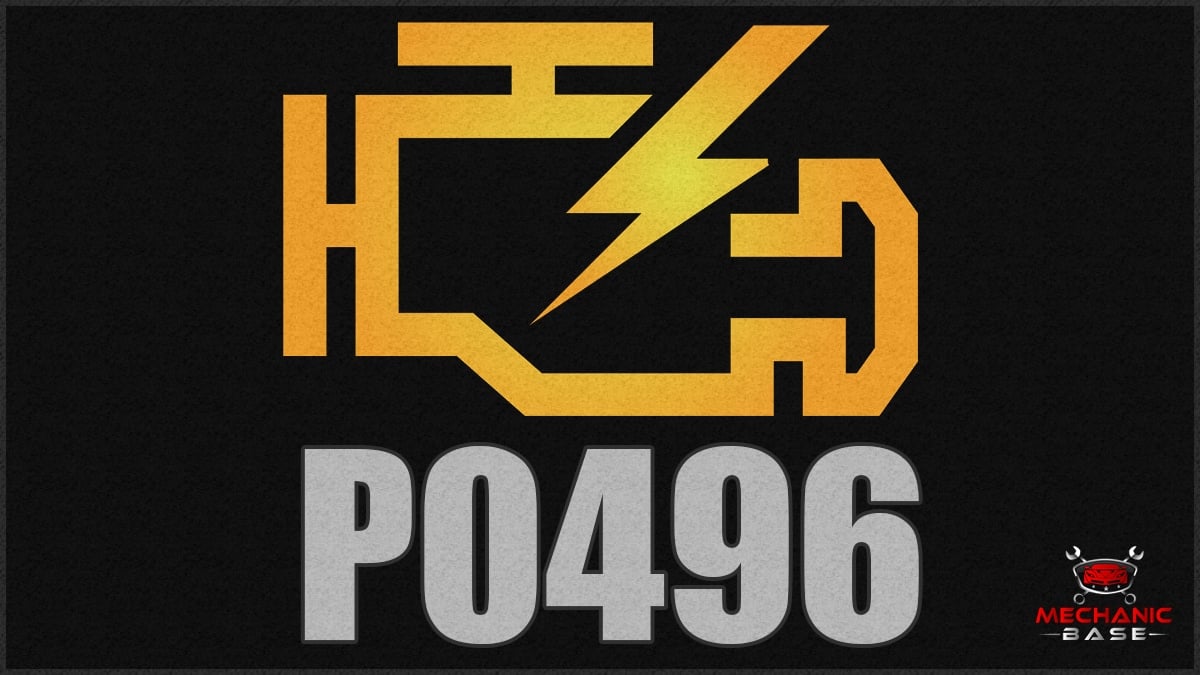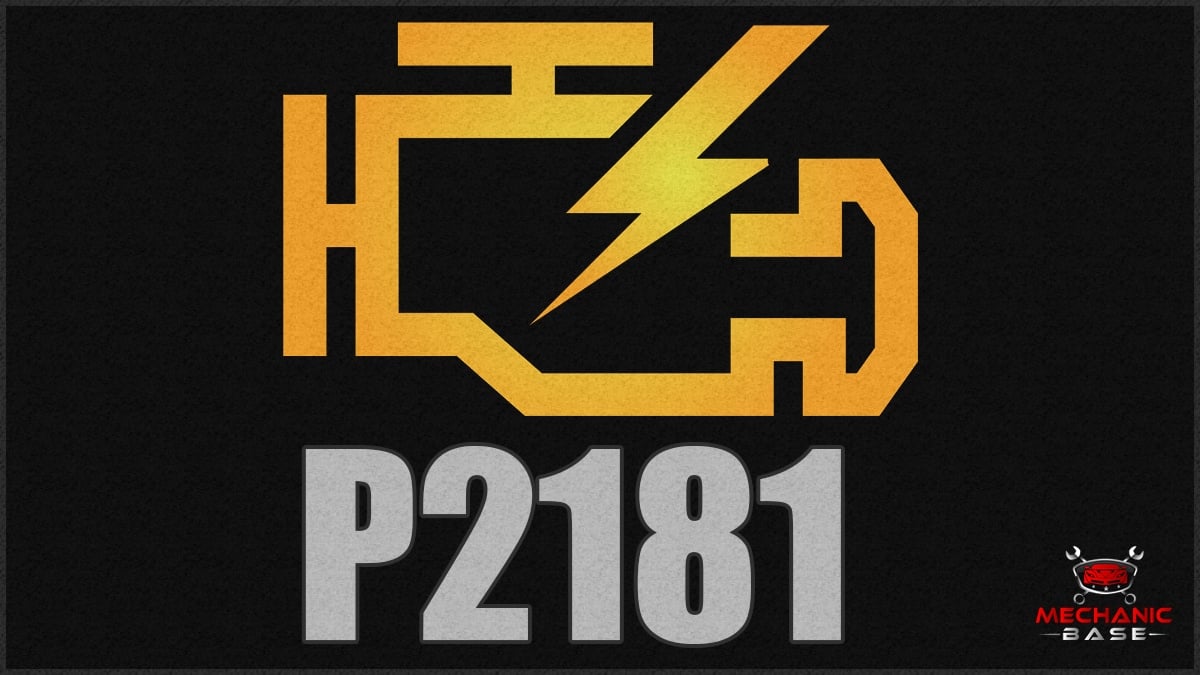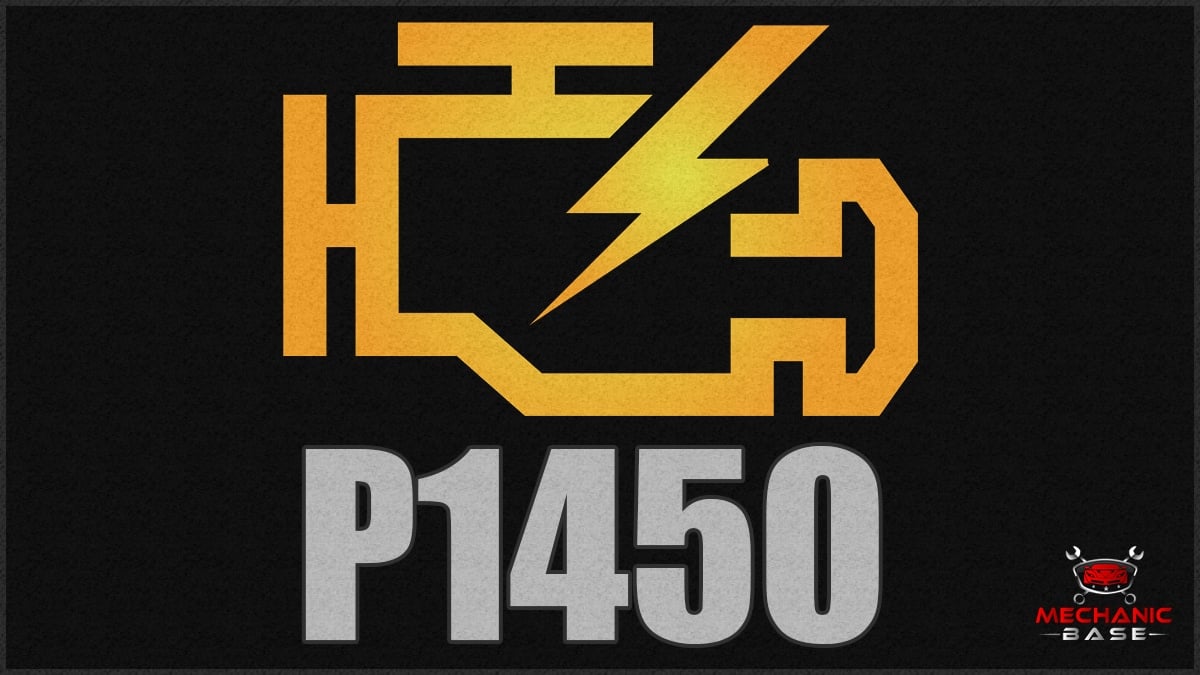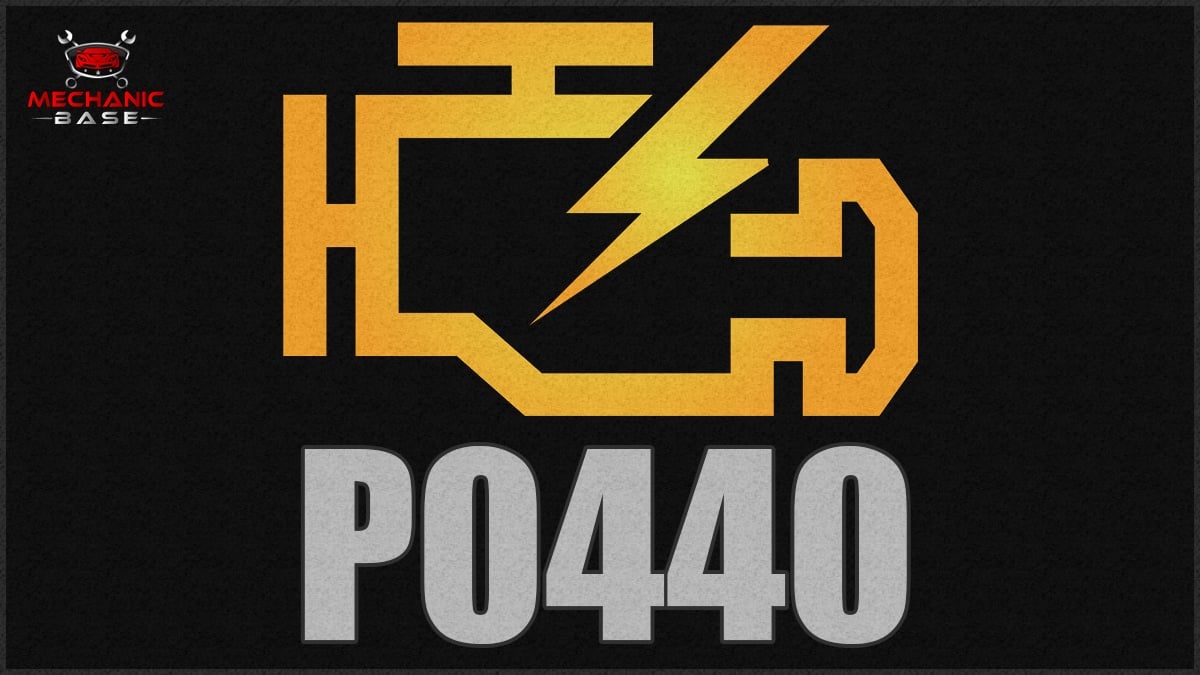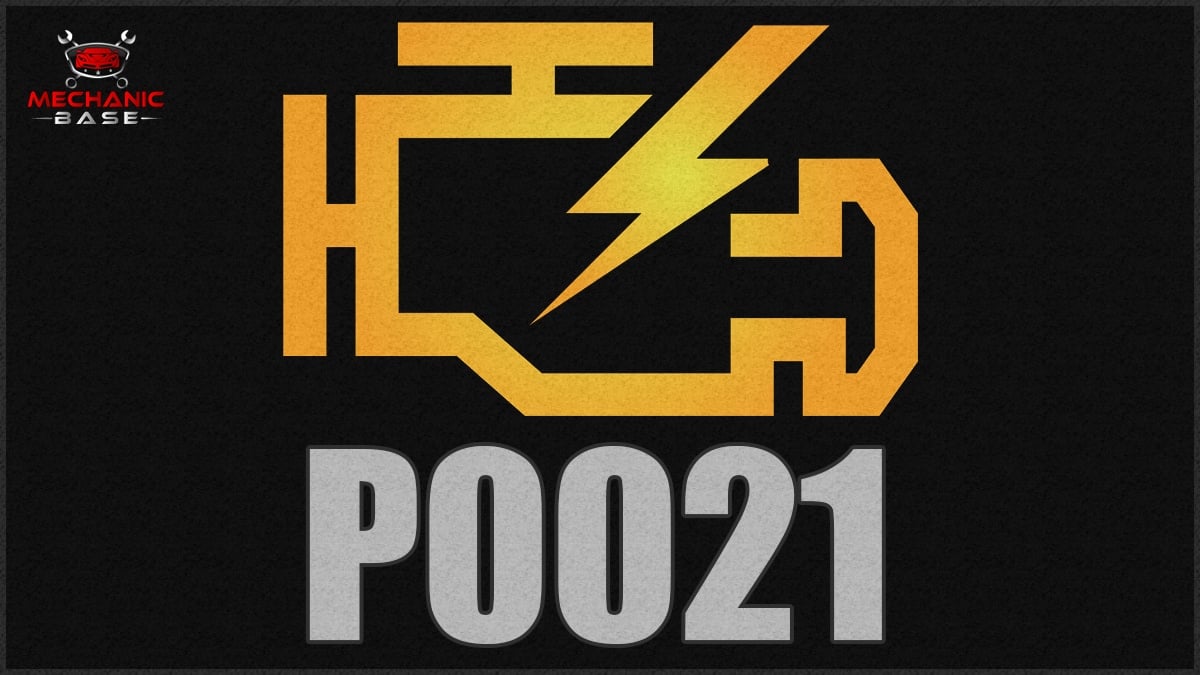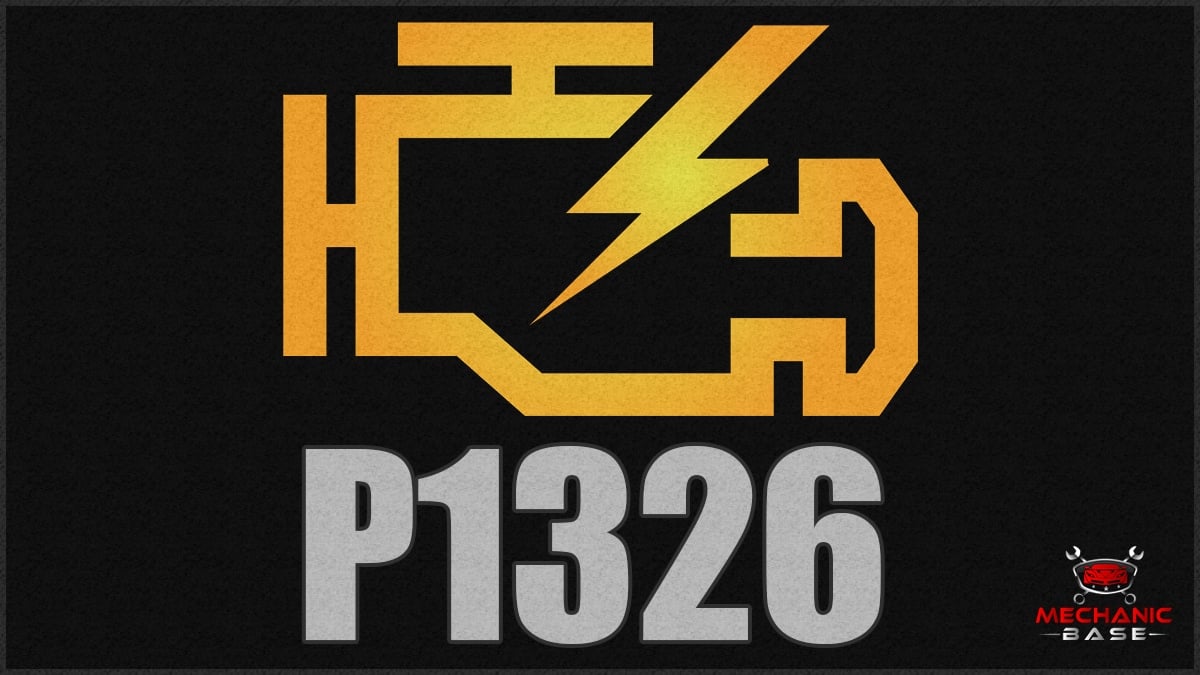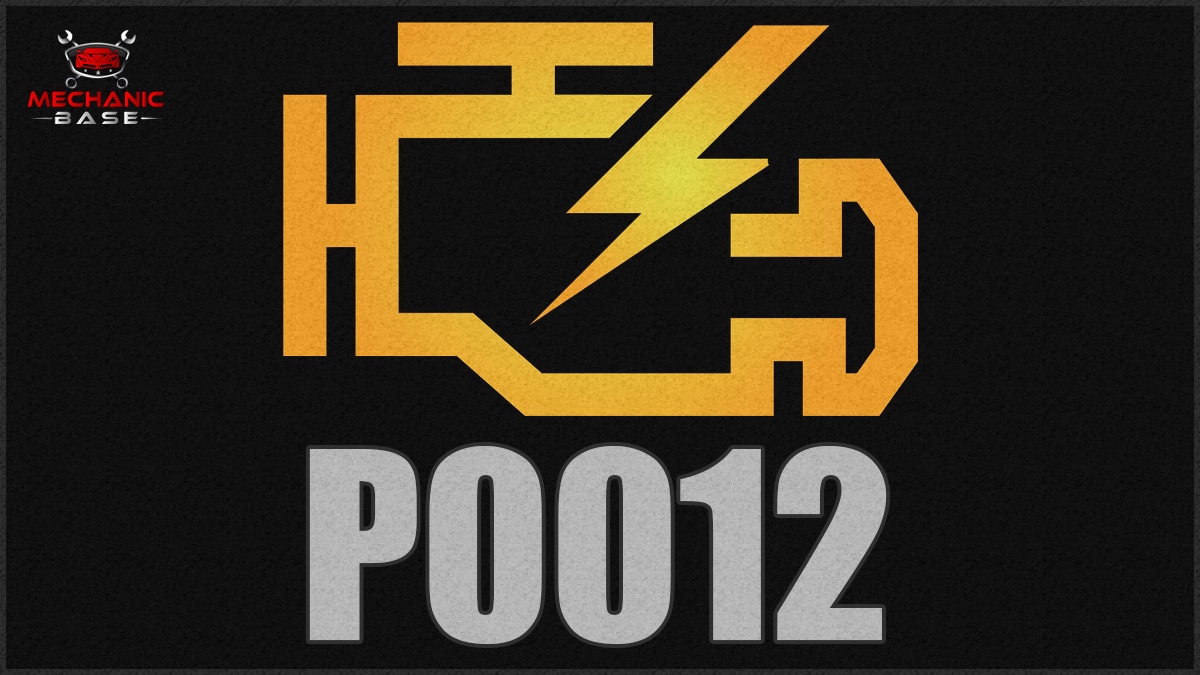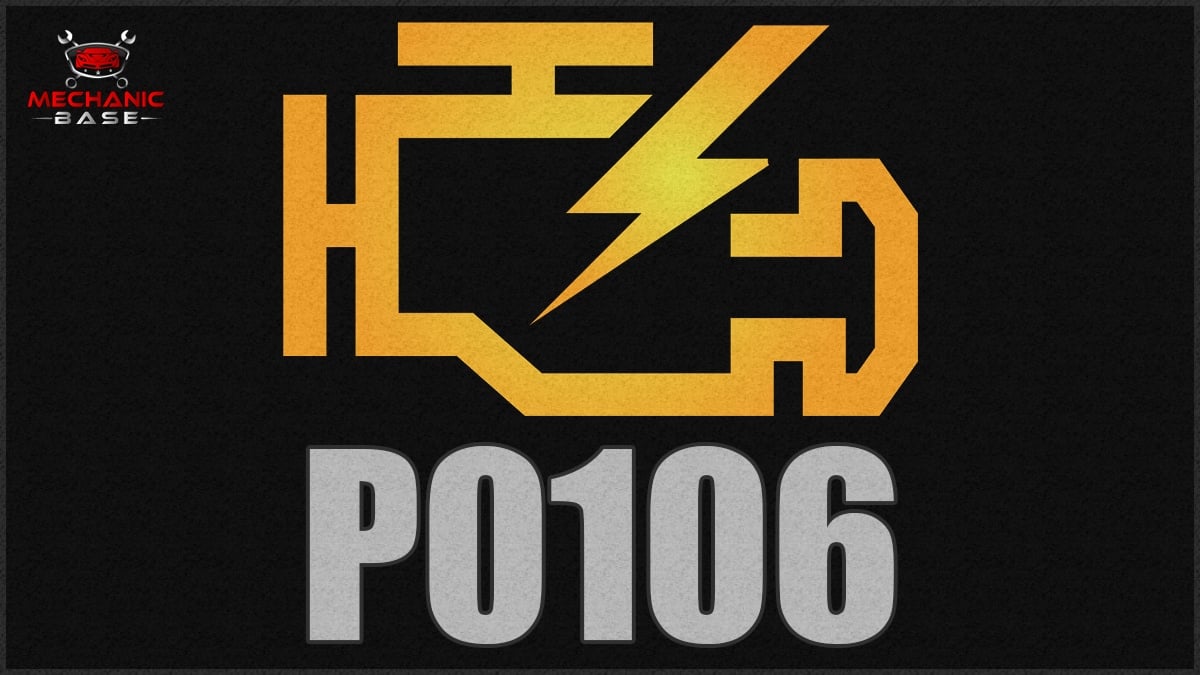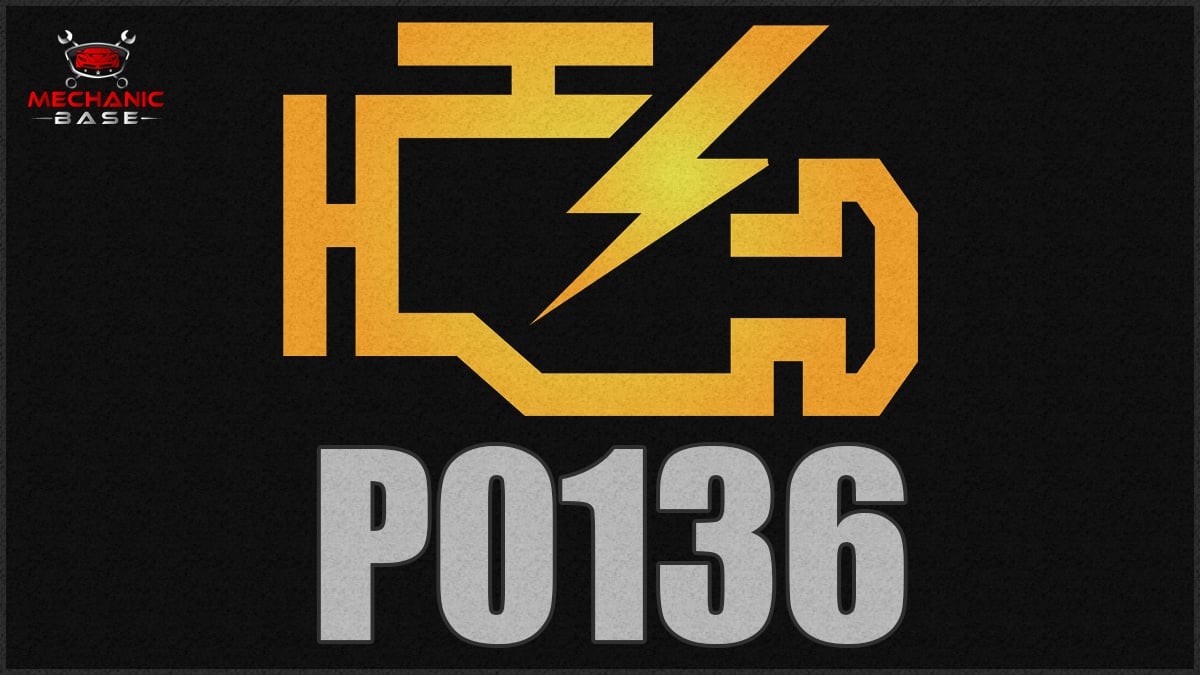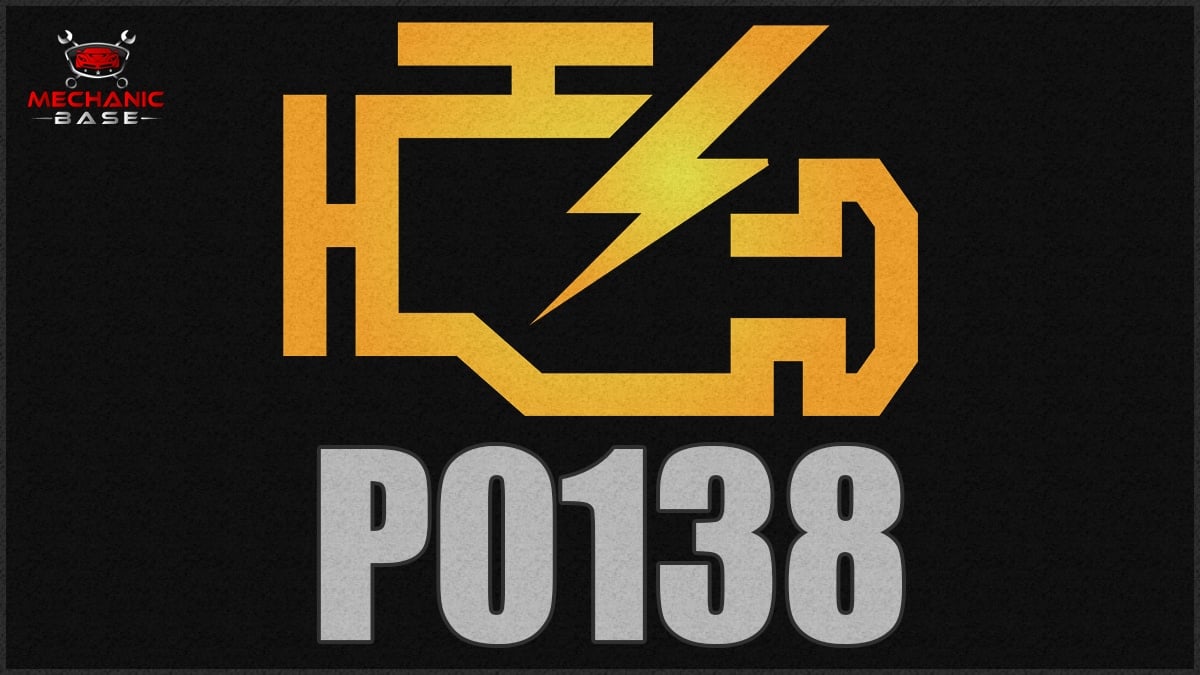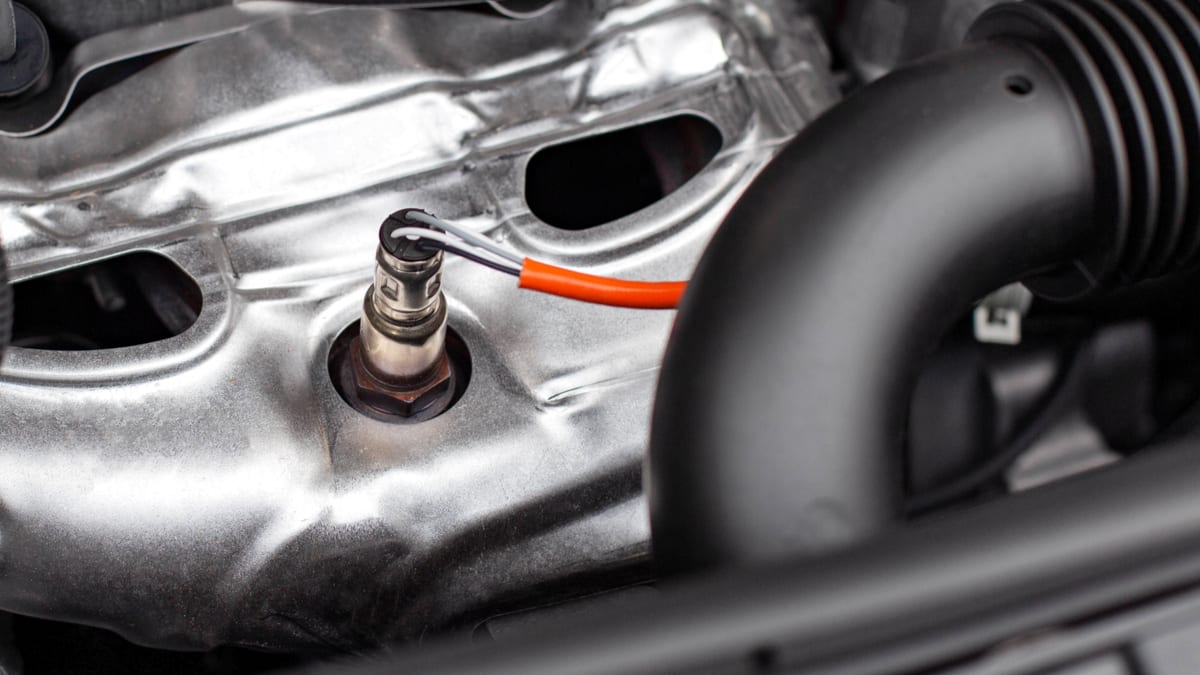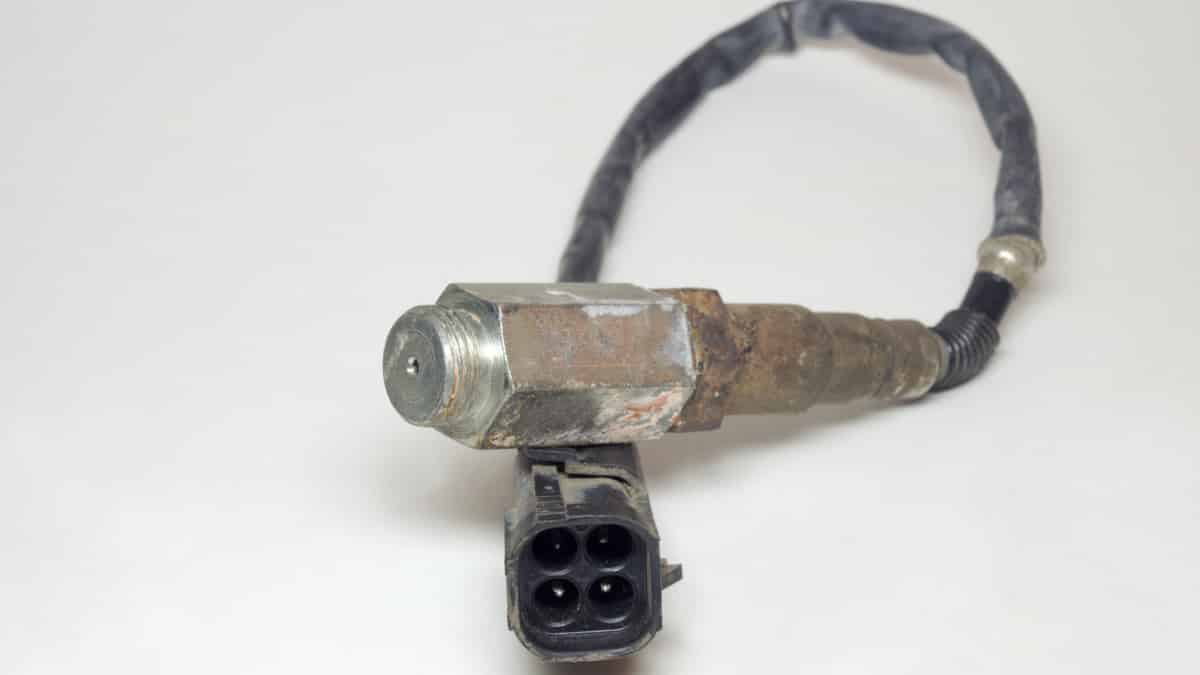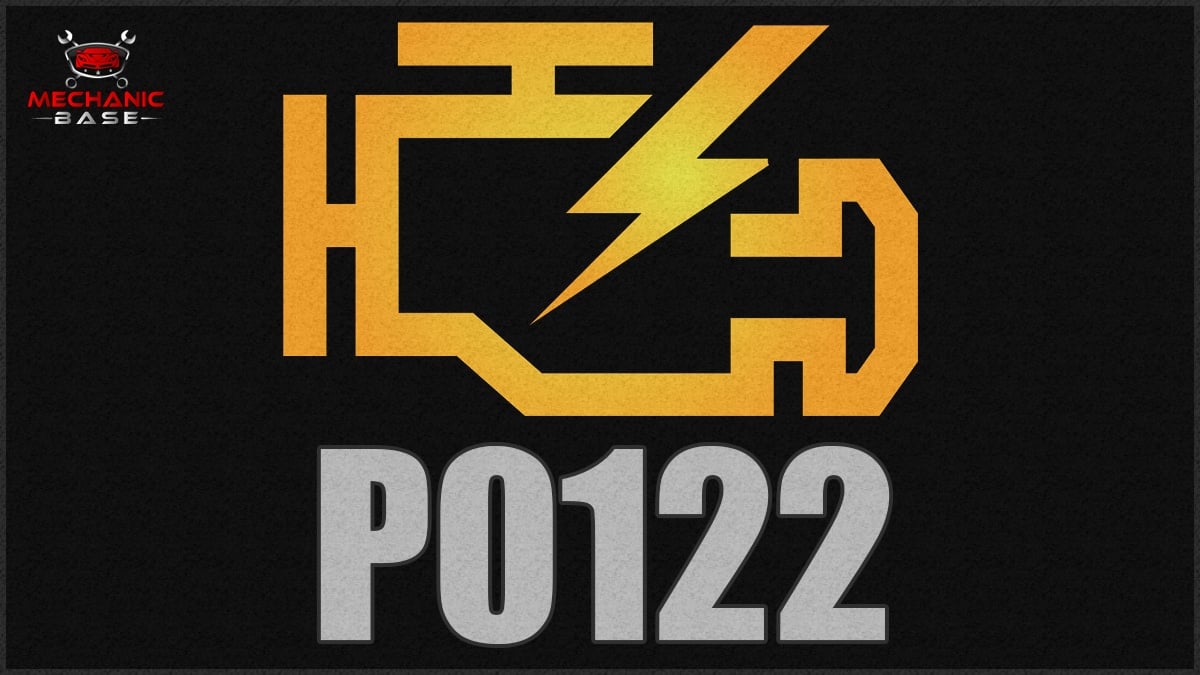If you are a proud Ford owner, you don’t ever want to deal with a Check Engine Light. Seeing the P1131 code can cause your heart to sink, but it might not be as worrisome as you think.
The P1131 trouble code has a specific meaning, and it leads to a number of different symptoms, each of which I cover in this guide. I also look at the top causes and show you how to repair it.
Code P1131 Definition
P1131 – Lack of Upstream to the Heated Oxygen Sensor Switch (Ford)
What Does the P1131 Code Mean?
The P1131 code indicates that the heated oxygen sensor contains a failure in the upstream flow. Therefore, Bank 1 is seen as running lean. P1131 is a manufacturer-specific trouble code that is routinely found with several Ford models.
The ECM (Engine Control Module) receives data from the oxygen sensors in the vehicle. When there’s too much oxygen moving past the sensor at Bank 1, the engine will run lean.
“Running lean” is generic term, and can refer to the engine either receiving to much air or not enough fuel. A precise balance of air and fuel is required for the engine to function correctly.
What Are The Symptoms Of P1131?
The P1131 trouble code can cause many performance issues, but the main symptom will always be a check engine light warning you of the problem. You may also notice that the engine misfires.
Here are the common symptoms of the P1131 DTC:
- Check Engine Light
- Difficulty accelerating
- Misfiring engine
- Poor fuel economy
- Reduced engine performance
- Inability to start the engine
- Rough idle
What Are The Causes Of P1131?
The most common cause of the P1131 code is a vacuum leak from the intake manifold or the hoses around it. It can also be caused by a bad oxygen sensor on bank 1 or a fuel supply problem like a clogged fuel filter.
When an engine runs lean, there can be a lot of issues causing the problem. In general, you know that either something is causing an excessive amount of air to enter the system, or fuel is being starved.
For that reason, here are some of the top P1131 DTC causes:
- Vacuum leak
- Leaking fuel injector
- Failed oxygen sensor
- Defective MAF sensor
- Fuel filter clog
- Failing fuel pump
- ECM malfunction
How Serious is the P1131 Code?
Medium – There’s no immediate threat with the P1131 trouble code. In most cases, you can continue driving as normal, especially if you aren’t noticing any performance issues. On the other hand, if the car is difficult to drive, it’s best to have it looked at right away.
Either way, you don’t want to continue driving the vehicle while the engine is running lean. Over time, your neglect could lead to more damage that requires additional money for repairs. It’s best to fix the problem as soon as you can and keep the engine running as it should.
How do I fix the engine code P1131?
To fix the P1131 code, you’ll want to inspect the intake manifold for any vacuum leaks and replace any leaking parts. You’ll also want to diagnose the oxygen sensor and replace it if it’s faulty or repair broken wiring.
However, the only way to tell which repair to use with the P1131 trouble code is to perform a complete diagnostic procedure. I outline some steps below.
Here are some of the repairs that can fix the P1131 code:
- Repair vacuum leak
- Replace oxygen sensor
- Repair oxygen sensor wirings
- Clean/replace the MAF sensor
- Replace clogged fuel injector
- Replace fuel filter
- Replace fuel pump
- Update/replace ECM (not common)
RELATED: How to find a Vacuum Leak & How to Fix It (8 Easy Steps)
Common P1131 Diagnosis Mistakes
As you set out diagnosing the P1131 code, you can run into a lot of hurdles that cause you to stumble. For this reason, you want to take your time working through the proper procedure – especially making sure you pay attention to the freeze frame data on your professional code scanner.
Every part you replace is going to cost you money. Therefore, it’s best practice for you to figure out what part actually needs to be replaced before you start throwing new components at the problem, hoping for a solution.
How to Diagnose the P1131 Trouble Code?
I recommend you read your vehicle’s repair manual to get the proper procedures for diagnosis. However, if you need some general guidelines for looking at the P1131 DTC, I’ve got you covered.
Here are a few steps to follow.
- Clear the trouble codes.
- Restart the engine and scan the computer once again. Use freeze frame data to gain a better understanding of what’s happening.
- Monitor the oxygen sensor readings to determine the voltage and operation.
- If the voltage shows out of its normal range or you aren’t seeing the right changes based on manufacturer specs, there could be a problem with the oxygen sensor. At this point, it might be best to inspect and measure the wirings, and replace the O2 sensor if faulty.
- If the sensor replacement doesn’t help or the voltage is right, you have a problem with a vacuum leak or fuel system malfunction.
- Check around the intake manifold for vacuum leaks.
- Check the fuel pressure with a fuel pressure gauge. If low, check the fuel filter and fuel pump.
- Clean the MAF sensor.
Beyond these steps, it’s best to seek help from a professional. The certified mechanic is going to have specialized equipment that helps you get to the bottom of what’s wrong.
How Much Does It Cost To Fix Code P1131?
If the P1131 code is caused by a vacuum leak, you can expect it to cost $0 to $200 to fix the issue. But if it’s caused by a bad oxygen sensor or another bad engine sensor, you can expect a repair cost of $100 to $1,000 or more.
Due to the number of possible causes of the P1131 code, it’s very difficult to estimate a price without diagnosing the car. Once your diagnosis is complete, you know what parts need to be repaired or replaced. I’ve put together a sample guide of possible repair costs for you, including the parts and labor.
This way, you know what to expect. If you can perform the repairs on your own, you may not need to spend as much.
- Repair vacuum leak – $0-$200
- Replace clogged fuel injector – $50-$450
- Replace oxygen sensor – $100-$500
- Clean/replace MAF sensor – $75-$450
- Replace fuel filter – $50-$250
- Replace fuel pump – $250-$1,200
- Update/replace ECM – $150-$1,500
Mechanics Tips about the P1131 Code
There are many other trouble codes you might find with the P1131 DTC. For this reason, you want to diagnose all of the relevant trouble codes together. Here are a few other codes you might notice.
- P0130 – O2 Sensor Circuit Malfunction (Bank 1, Sensor 1)
- P1137 – Downstream Heated Oxygen Sensor 1 Malfunction
- P1151 – System Too Lean (Bank 1)
In some cases, you’ll be able to repair the problem easier if you look at the trouble codes altogether. For example, if you find a trouble code on the MAF sensor, you may want to start by diagnosing the MAF sensor, which may also fix the P1131 code.
Additionally, if one seems easier to fix than another, start with that one and you might repair all of your problems at once.
How To Clear The P1131 Code?
To clear the P1131 code, you must first repair the problem that caused the code. Then you need to use a diagnostic scanner that is compatible with your vehicle. In some car models, it may be enough to just repair the problem, and the car’s ECM clears the code by itself after a while.
Can you drive with code P1131?
Driving with the P1131 code is not recommended, though in most cases there is no immediate threat to your engine. You should diagnose the car as soon as possible to find out whether or not it is safe to continue driving the vehicle.
Will P1131 clear itself?
Yes. The P1131 code will clear itself in most car models if you repair the problem that caused it. However, it can take a very long time depending on the car model, so the best way to clear the P1131 code is to use an OBD scanner to speed up the process.
My Ford is driving fine, but it shows code P1131?
Just because your Ford is running fine with the P1131 code doesn’t mean it won’t suffer any long-term complications if you keep driving and ignore the code. Therefore, it is best to repair the problem even if you do not notice any other symptoms.
Related Codes
Categories: OBD Codes
